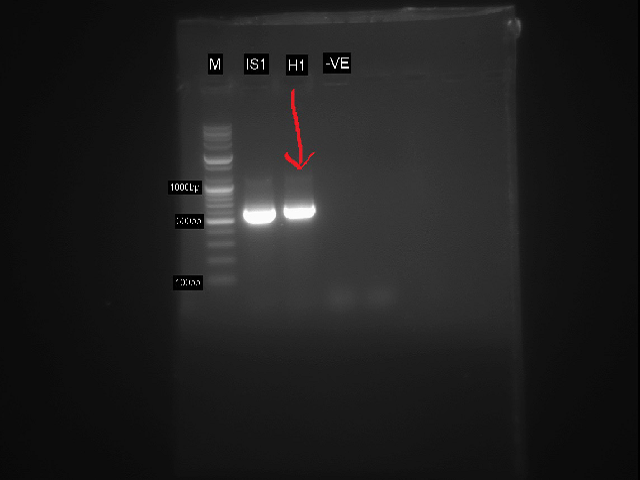Properties of Glucose Oxidase produced from a newly isolated strain of Aspergillus niger
DOI:
https://doi.org/10.5530/ctbp.2023.2.23Keywords:
Aspergillus niger, Glucose oxidase, Characterization, Purification, Bee HiveAbstract
Glucose oxidase (GOx) is a key enzyme used in many industries worldwide. To identify the GO x producer strain, Aspergillus niger was isolated from the Beehive and screened for its glucose oxidase-producing capability. Glucose oxidase was mass-produced by a submerged fermentation system. The activity of glucose ox-idase was ascertained by the continuous spec-trophotometric rate determination method. GOx was purified by (70%) ammonium sulphate pre-cipitation, dialyzed, and gel filtration with 2.82, 3.54, and 3.69U/mg specific activity respective-ly. The enzyme exhibited an optimum pH range of 5.5 and a temperature optimum of 40°C. Ag2+ and Hg2+ had a remarkably inhibitory effect on the partially purified GOx, whereas Ca2+, Zn2+, and Mg2+ do not affect the enzyme activity. Cu2+ and Co2+ have a slight inhibitory effect on GOx. Kinetic characteristics of GOx from Aspergillus niger display Vmax as 40 U/ml, and Km as 0.12 mM. The findings on the properties of GOx ex-hibited optimum conditions for industrial appli-cations



